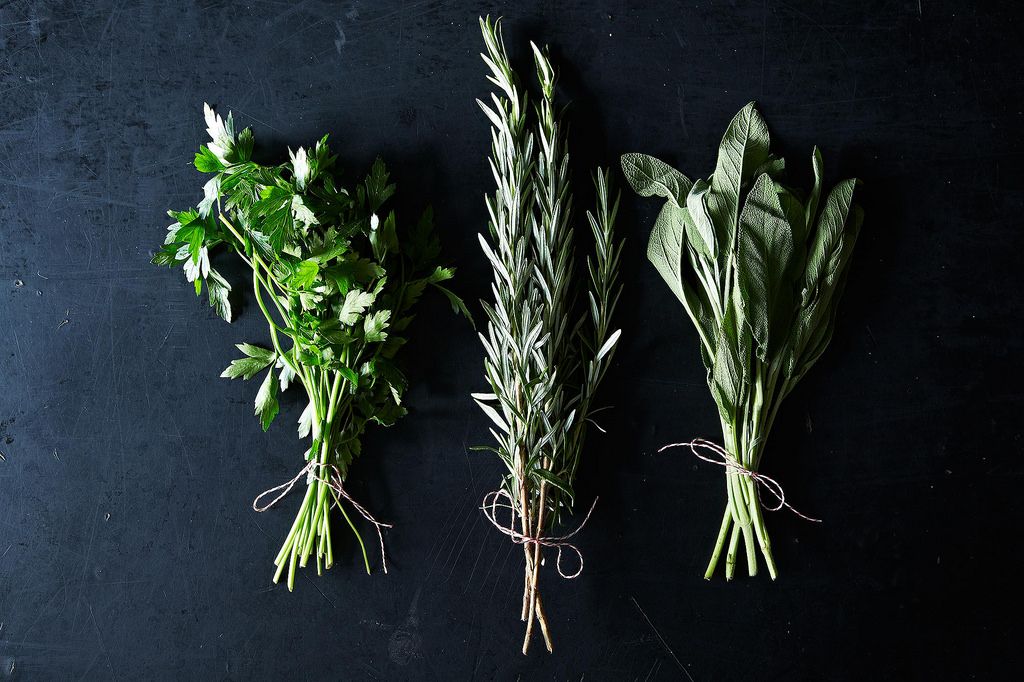You know it best as an aromatic herb with an earthly flavor. It’s had supporting roles in Thanksgiving stuffings and frequently stars alongside rosemary and thyme in various poultry recipes. But how much do you know about the benefits of sage for dogs?
The Stats:
Sage comes in different forms that have both medicinal and culinary applications. Garden sage (Salvia officinalis) is the most common variety, known for its soft, silvery green leaves. Pineapple sage (Salvia elegans) is highly attractive to hummingbirds and is used more for its medicinal benefits than for its flavor. Both golden sage and purple sage are grown ornamentally and for culinary application, while Berggarten sage produces particularly large, aromatic leaves. In addition to having a wonderful flavor and aroma, sage offers natural antiseptic, antibacterial, antimicrobial, and astringent properties.
The Benefits:
1. Contains Vitamins A, E, and K which support bone, skin, and eye health in addition to promoting healthy immunity
2. Loaded with trace minerals like calcium, magnesium, potassium, phosphorus, and zinc to support balanced nutrition
3. The astringent properties of sage reduce redness and inflammation to heal skin infections
4. Sage leaves can be used to ease gas or bloating and to treat gastrointestinal tract infections
5. The leaves of the sage plant contain rosmarinic acid which may reduce the symptoms of seasonal allergies
6. Antioxidant properties which may help to protect against oxidation in the cells and reduce free-radical damage
7. Antimicrobial properties naturally kill harmful pathogens that could cause infection
8. Oils in the plant contain ketones, which can improve mental clarity and protect against cognitive decline
9. Contains dietary fiber which may support healthy digestion and relieve constipation or diarrhea
10. Natural anti-inflammatory benefits may help relieve arthritis pain and other inflammatory conditions
How to Feed It:
The easiest way to include sage in your dog’s diet is to mix fresh or dried leaves into his food. You can also boil dried sage leaves and Epsom salts in water to create a topical application to heal skin infections. As with many other superfood herbs, you can also bake sage into homemade dog treats.
What to Watch For:
Unlike some herbs which can cause digestive upset in large doses, sage is recognized by the ASPCA as being non-toxic for dogs. You should still limit your dog’s intake to a few leaves a day, but there’s no danger of poisoning.
Do you have any helpful tips for growing sage? Have you used it in a recipe for homemade dog treats? Let us know!
Image: Food52








